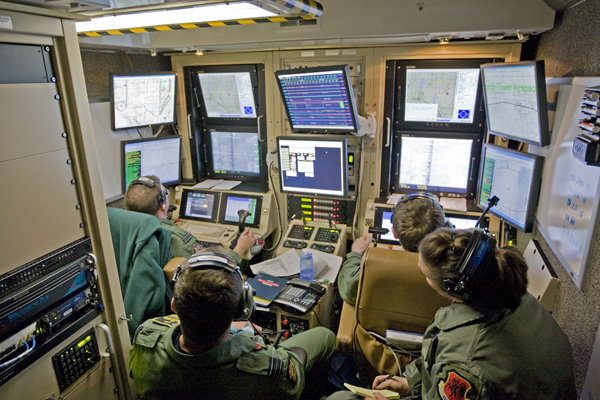The virus got into the control system of American drone

The attack system underwent the US Air Force Creech in Nevada, the American magazine Wired reported citing its own sources. It is from this base that the Predator and Reaper type drones, which participate in military actions in many countries of the world, including Iraq and Afghanistan, are controlled.
The virus was detected about two weeks ago thanks to the Host Based Security System, which did not prevent the pilots from continuing to manage the UAVs. However, there were no confirmed cases of leakage of classified information. However, it is not yet possible to completely neutralize the virus. This infection once again underlines the persistent security problems in one of the most important systems for the US Army.
So in the summer of 2009, US troops discovered software on a laptop of Iraqi rebels that allows intercepting video from drones, which was transmitted to command posts through unencrypted communication channels. Military network security experts are not sure how the keylogger got into the system, and whether it is an accident or a targeted hacker attack. Despite their widespread distribution, many drones transmit unencrypted video to command posts, so in the summer of 2009, American troops discovered software that allowed them to intercept video on the laptops of Iraqi rebels.
')
It is noted that the virus spreads through removable hard drives used to download map updates and transfer video operations from one computer to another. Instructions for removing malware from the Kaspersky Lab site were used to treat the virus, but this did not help. As a result, the BCWipe utility was used, which completely erased the information from the media.
The Air Force declined to comment, only noting “We do not discuss the details of vulnerabilities, threats, or attacks on our computer networks at all, as this makes it easier for attackers.”
Source: https://habr.com/ru/post/130015/
All Articles